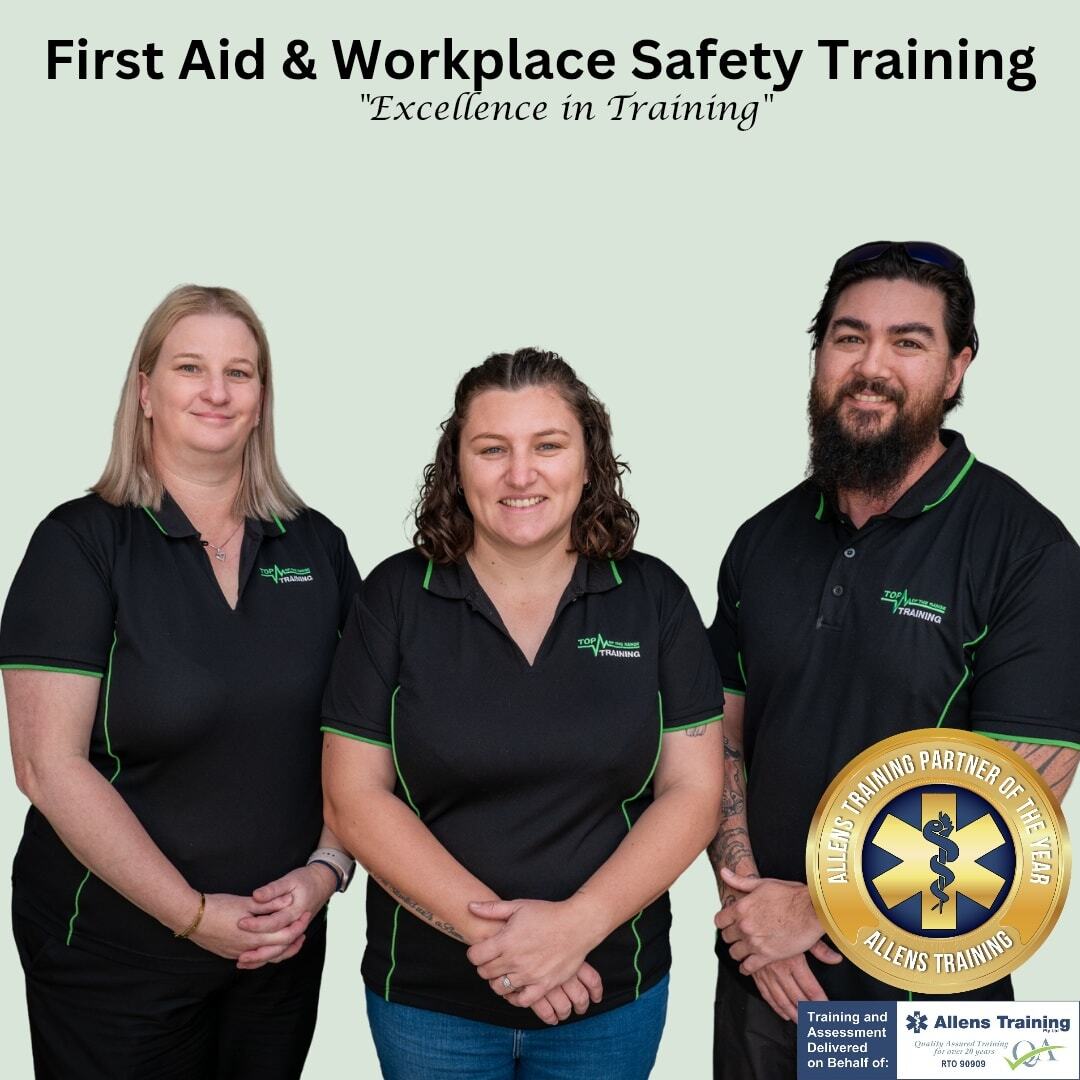6 Ways to Practice Construction Site Safety

As you most likely know, there is a lot involved in keeping any construction site safe. While this is a challenge on its own, perhaps an even greater challenge is to make sure that a construction site is operating in compliance with state and national regulations. Equally challenging is being sure that workers are operating at the same level or standard.
In addition to keeping licences and training up to date, it is also important to have a few extra reminders about how to keep any construction site safe and compliant at all times, which is why we put together this short guide to help you stay on top of your game while at work. It can also help you to determine any possible dangers you may encounter on the job site.
1. Fall Protection
Having fall protection is essential in a majority of work sites due to the fact that construction sites have a host of potential hazards. In fact, there are strict regulations in place because it is one of the main causes of injury on a job site. Your duty as a worker is to assess any fall hazards of your job site and to avoid working in areas where fall protections are not yet installed.
If you are using a fall arrest system, workers should inspect them before use to be sure that the equipment is in proper working order and contains no damage. It is important to note, employees are not the only parties responsible for making sure fall protection equipment is in place and in working order. Employers are equally responsible for providing proper equipment that is safe for use on job sites. Employers are also responsible for ensuring that additional fall prevention apparatuses are put into place, for example, guard rails and safety nets.

2. Scaffold Safety
More than half of construction workers work on a scaffold where, in addition to fall hazards, workers are also subjected to falling objects hazards and electrocution. As a construction worker working on a scaffold, it is your responsibility to make sure you are wearing the proper protective gear, such as a hard hat, sturdy work boots with a strong grip to prevent you from possible slips or falls, and using tool lanyards to help protect workers below.
If scaffolds contain water or mud, workers should not work on them. Additionally, it is not safe to use ladders or tool boxes to increase working height, and it is definitely not safe to climb a scaffold. This is where your personal fall arrest system will come into place. Make sure that you are properly secured to prevent falls and accidents.
Employers are responsible for making sure that all scaffolding is designed, built, and taken down by competent individuals, and those persons should also inspect the scaffold structure before allowing any worker to work on it.

3. Ladder and Stairway Safety
One of the most common reasons workers fall and get injured on a job site is improper ladder or stairway use. The most common reasons for ladder injuries are using improper ladders for the height requirements, securing ladders improperly, and trying to carry tools or supplies while climbing the ladder.
Ladders should be tied down and tools should be carried in a tool belt worn by the worker, or should be secured and carried up by a rope. Also important to note, ladders should not be overloaded beyond their weight capacity. If the weight of the worker and their tool belt is greater than the ladder can handle, then a stronger ladder must be used in order to avoid a ladder accident.
Your employer should inspect and maintain all ladders before permitting any worker to use them. Broken ladders should be tagged and put aside, and all workers should be trained on the proper use of ladders on the job site. There are different types of ladders for different types of jobs, so make sure your employer provides the right ladder equipment and training before using any type of ladder to perform your job.
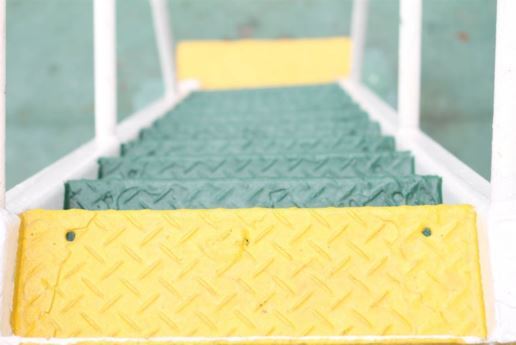
4. Protective Gear
We all know construction and various other job sites have different types of debris and elements in the air. It is important to make sure you are wearing the proper safety gear to protect both your eyes, face, hands, feet, and head. Many people think that all we need to wear are hard hats and possibly steel-toed work boots or shoes. But since many job sites have different particles flying in the air, such as molten metals, acids, liquid chemicals, chemical vapors and gases, or possibly light radiation, we need special protection for our hands and face as well.
Eye protection is often required on job sites and should be carefully selected depending on the needs of the job and the type of elements and flying particles. Eye and face protection should have a snug fit on your face to avoid sliding around or even off the protected area. It’s also important to keep your eye and face protection in clean and in good repair and to replace any damaged face or eye protection.
Employers are required to assess the potential hazards of their jobsites and conduct their own risk assessments so they have a clear understanding of what types of safety equipment may be required on-site, and what types of equipment their workers should have. If any protective hand, eye, or face gear is broken or damaged, notify your employer and be sure to switch it out before proceeding with your tasks. One can never be too careful on a construction site!
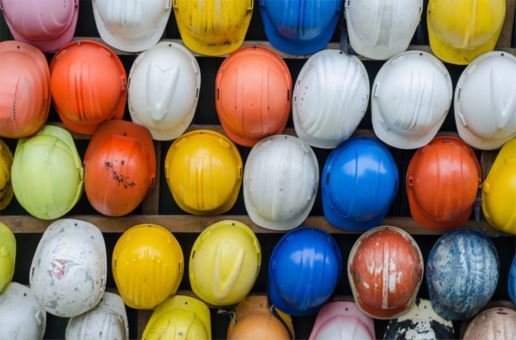
5. Hazardous and Toxic Materials
For work sites that have chemicals and other hazardous materials, a set of laws and regulations specify how these types of materials should be stored and handled. Specific types of protective gear must be worn when handling a majority of these chemicals at all times. Even dust is considered a hazardous material. If there are excess amounts of dust from wood, for example, flying around the air, workers in the area should be wearing protection on their faces to prevent inhaling harmful wood dust.
If workers are expected to handle other hazardous materials or chemicals, data safety sheets must be clearly displayed so workers know exactly how to handle the hazard and how they should protect themselves. Chemicals and hazardous spills should be cleaned up immediately and the affected area should be clearly marked to keep other workers safe from harm.
Every employer operating a job site with hazardous materials of any kind should have some type of written hazardous material program in place for their workers. A complete inventory of the type of materials stored on site, along with proper hazard labels on storage containers, should be a part of any employer’s hazardous chemical and material program to help keep their workers and any other site visitors safe.
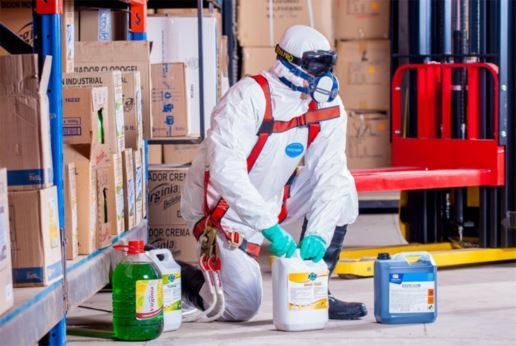
6. Certifications
In order to be compliant with local and state regulations, workers should be properly certified and trained to work on a construction site. Some programs and certifications are recognized by state only, while others are nationally recognised. It’s important to see what certificates and training are accepted in the state in which you wish to work.
For anyone wishing to work safely on any construction site, they must first complete a national unit of competency, such as a White card course, which is only offered by training organizations that are registered and licensed to teach, train, certify, and issue White cards for potential workers.
The certificates required help keep both employers and their employees safe because it helps to understand potential risks involved when working on a job site, and how to prevent accidents from happening. In short, it is not easy to find a job without the right training and certifications so either way, it is best to make sure you have the necessary certifications.

Share This Article:
Articles, Updates & Announcements
from Allen’s Training
Read More
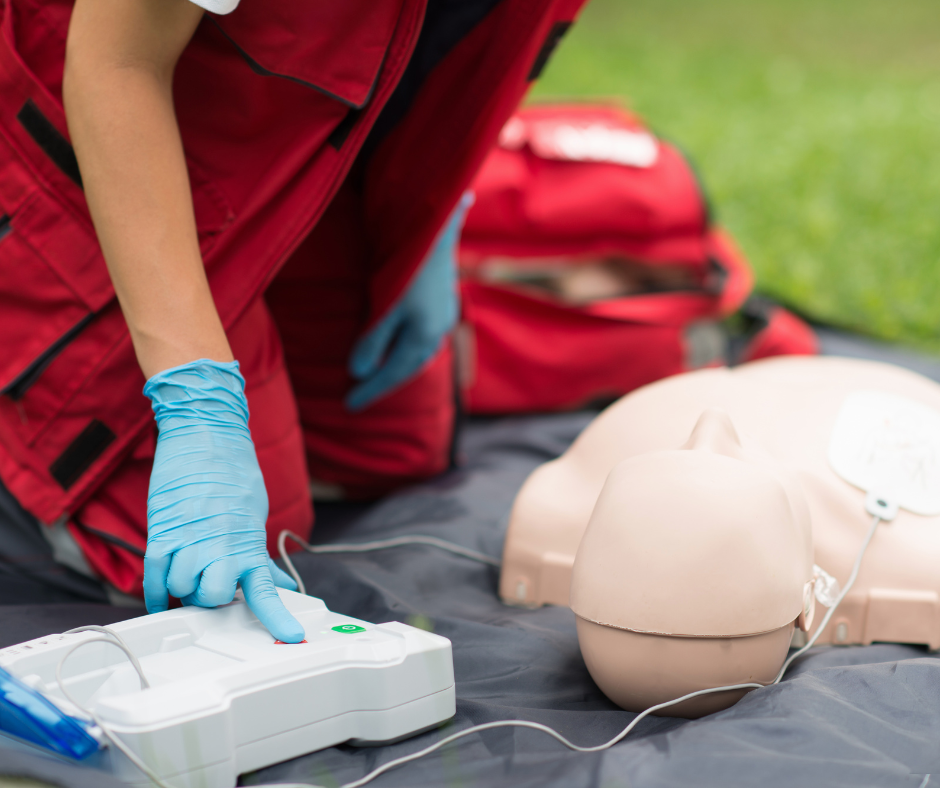
What Life-Saving Looks Like in 2026
As Australia enters 2026, the way lives are being saved is quietly changing. The most important moments in a cardiac emergency are no longer defined by the arrival of paramedics alone. Increasingly, they are shaped by what happens in the first few minutes, and by who is already nearby....
Continue Reading
Celebrating Excellence: Talk Smart Training Wins Regional Training Champion Award
Continue Reading